A real feel good bed
With the right preparation it’ll work
Brightly colored flowers and lush growing vegetables are – not only – due to the selection of good, quality-tested seeds. Equally important is good preparation of the soil and bed – so that your flowers and vegetable plants have the best conditions to grow and thrive. How do you do that? Here you’ll find practical tips to make sure your plants feel at home!
Loosening instead of digging up – plants and soil animals thank you
It’s a classic: in spring, many quickly dig up the beds with a spade, pound coarse chunks of soil, and off you go with the planting. Here are some reasons why neither the plants, nor the soil, nor its animal inhabitants will thank you for this preparation.
- Not only do you simply cut through the existing soil structure with the sharp spade, earthworms are also fragmented and often killed.
- You’ll break root weeds into several pieces, encouraging them to grow even more – because a new plant emerges from each root piece. Other weeds, once brought down, are also harder to remove from the bed.
- Digging up the soil causes the soil layers to become mixed up. Soil organisms that previously lived in the oxygen-rich part of the soil die further down due to a lack of oxygen. The same is true for living organisms from deeper layers; they cannot cope with an excess of fresh air.
- The roots of your freshly seeded or planted plants will find less support in the dug-up soil because existing voids (e.g., from earthworms or previous plant roots) have been destroyed.
Much better – and also less strenuous – than digging up is loosening the beds with a digging fork. Simply stick it vertically into the soil at small intervals and move it back and forth. Start at one end of the bed and work backwards to the other end so that you don’t step on the already loosened soil.
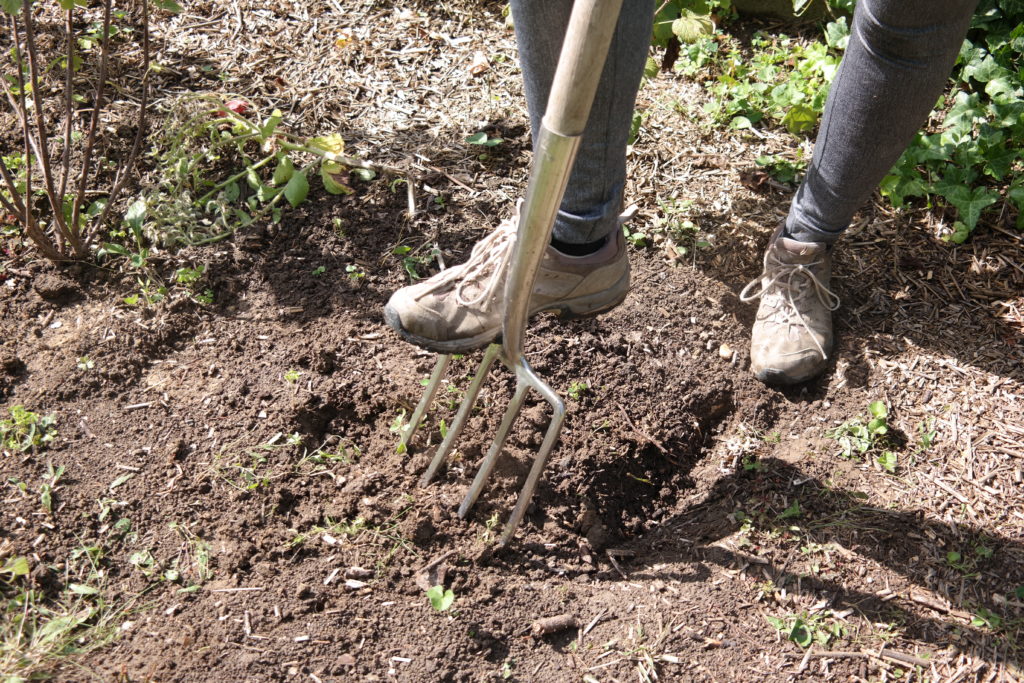
Remove all weeds at the same time as loosening. Be especially careful with root weeds such as couch grass or field bindweed. A small piece of their fleshy roots is enough to quickly reestablish themselves in your painstakingly weeded bed!
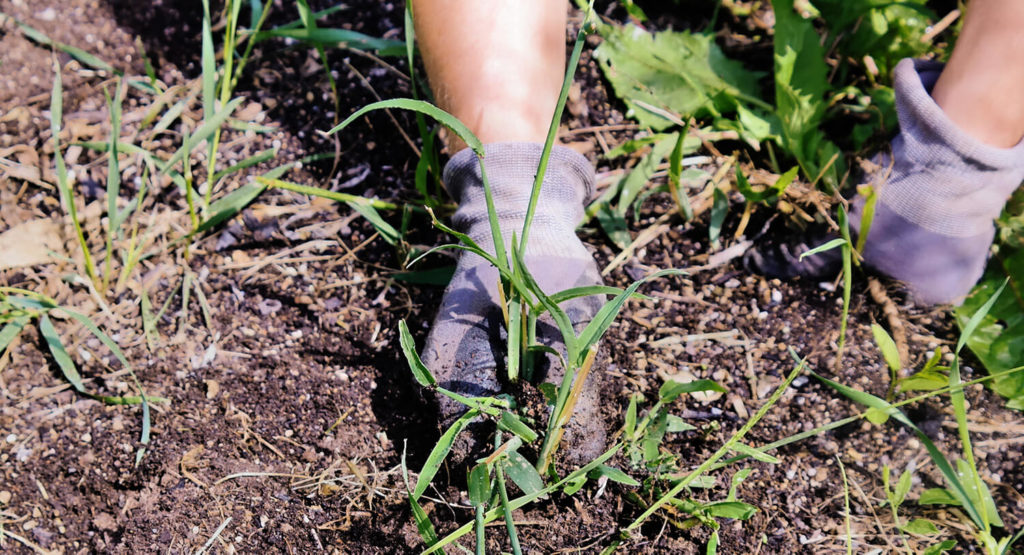
When the soil is loose and weed-free, take a rake and crush any larger clods of soil with it. Finally, rake the bed nice and even.
You want to plant later? Conserve your work!
Black blanket – protects and retains heat
The spring sun has lured you into the garden too early, the bed is ready but your plants are not there yet? In the “waiting time” cover the area with a black mulch fleece. That way, weed seeds won’t have a chance to land and the soil will stay moist and crumbly. This is because not only sun rays dry out the soil, but warm wind also causes a lot of evaporation on an uncovered soil. The black mulch film shields the soil from UV light and thus prevents the development of weeds.
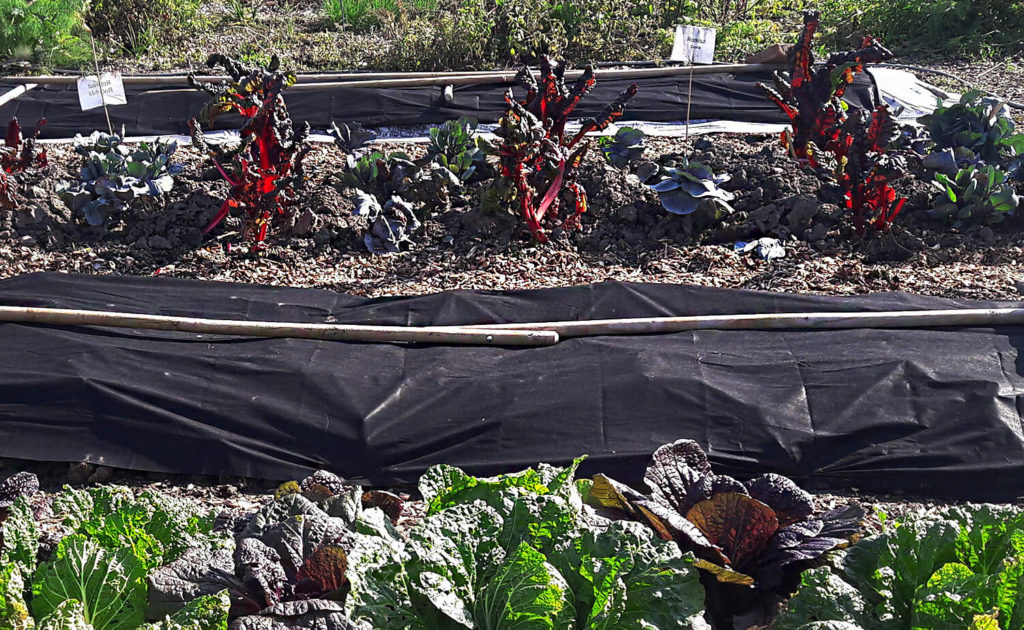
Under the mulch fleece not only the soil remains moist and soft, but also the heat of the sun is stored. Once it’s time to plant, simply remove the mulch and you’re ready to go!
Do-it-yourself-Tip
As an alternative to the weed fleece, simply use a slightly stronger cardboard and weigh it down with stones so that it does not fly away.
Green ceiling – protects and nourishes the soil
If your bed will be empty for a little longer, instead of covering it with mulch fleece, choose a green manure. This not only protects the soil, but even improves its quality. Fast-growing plants that quickly cover the soil and thus shade it and protect it from wind and weather are suitable as green manures. They also root it deeply, making it easier for your flowers and vegetable plants to take root later. And as an extra bonus, the green manure plants leave behind nutrients that serve as food for the “successors”.
These plants are excellent as green manure:
- Buckwheat: fast-growing, intensively roots the top layer of soil (topsoil) and thus significantly improves soil structure. Plus: its flowers are a valuable bee pasture.
- Phacelia: Fast-growing, significantly improves soil structure. Is avoided by pests and is therefore particularly recommended as a precrop for all types of cabbage, which attract many uninvited guests. Plus: its German name “Bienenfreund” reveals that Phacelia is an excellent bee forage plant.
- Spinach: covers the soil well. Its roots form saponins – these are soap-like substances that promote the so-called soil rigidity (the optimal condition of the soil). They increase its water-holding capacity and have a positive effect on soil life. Sown in March or April, spinach is an ideal precrop for peppers and tomatoes. A special extra: you are constantly supplied with fresh greens for smoothies and salads!
-
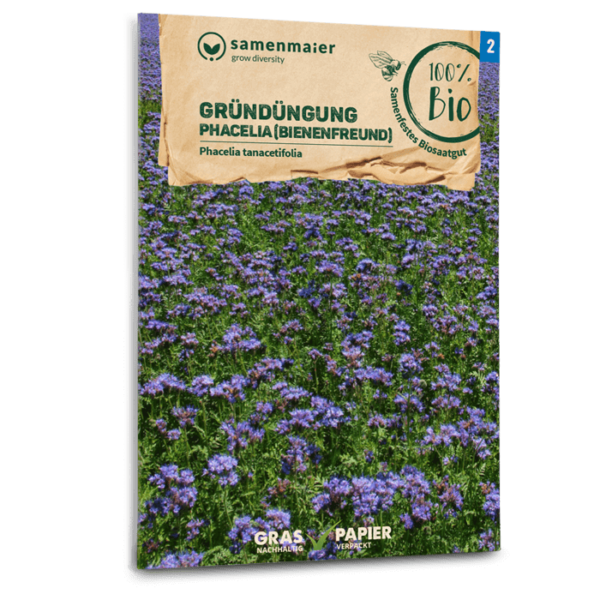 Organic green fertilizer Phacelia (bee-friendly)€ 2.99
Organic green fertilizer Phacelia (bee-friendly)€ 2.99incl. 13% VAT
Keine Versandkosten ab € 20 Warenkorb
-
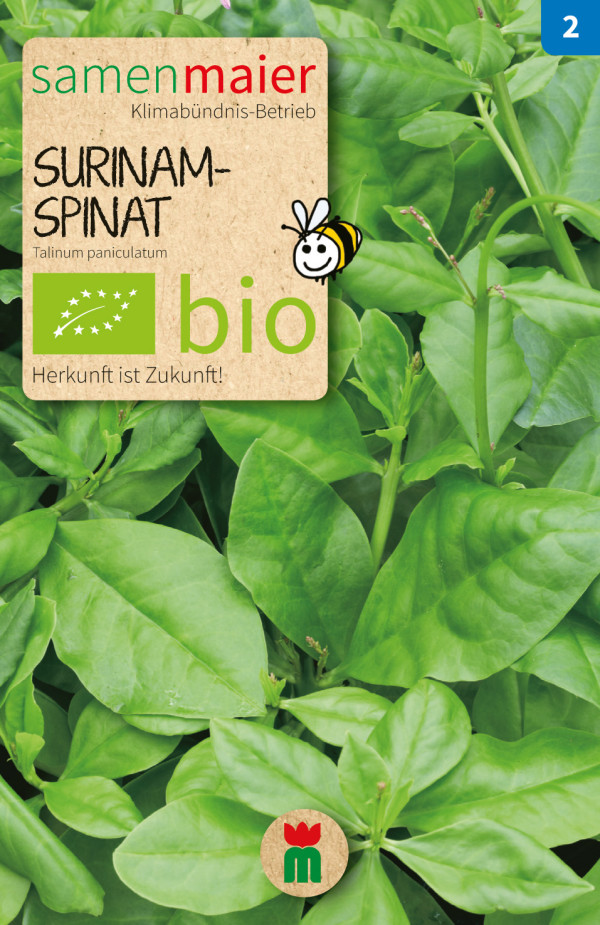 Organic Fameflower€ 2.99
Organic Fameflower€ 2.99incl. 13% VAT
Keine Versandkosten ab € 20 Warenkorb
-
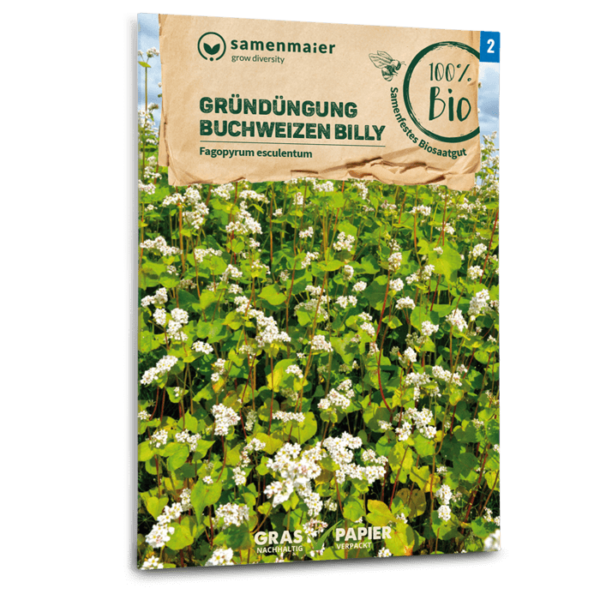 Organic Green manure Buckwheat Billy€ 2.99
Organic Green manure Buckwheat Billy€ 2.99incl. 13% VAT
Keine Versandkosten ab € 20 Warenkorb
Proper “food” for your plants
In addition to a good soil-friendly loosening, you should think about the following when preparing your beds: what plants/vegetables you want to grow.
This is because different plants have different levels of hunger. One speaks then of
- Highly nutritious plants (high nutrient requirements)
- Medium eaters (medium nutrient requirements)
- Weak feeders (require few nutrients)
Pumpkins, zucchini, tomatoes, cabbage, broccoli or sunflowers, for example, have a (very) high nutrient requirement, i.e. they are heavy feeders. To ensure that they are adequately supplied, work into the soil a good dose of compost and composted animal manure (segregated horse manure is particularly suitable). Alternatively, you can also use a biological slow-release fertilizer. Add some stone meal to replenish the supply of important trace elements.

Medium growers, which are for example carrots, onions, beet, kohlrabi and, chard, are sufficiently nourished with a good dose of compost.
Herbs, lettuces, radishes, peas, beans and many wildflowers are very frugal they are weak growers. A lot of fertilizer would actually harm them. Just work a little well-seeded compost into the soil to stimulate soil life. If the soil in your bed is already very humus-rich and nutrient-rich, this will be sufficient for the low-growers.
Careful soil preparation takes some time, but your vegetables will reward you with a rich harvest and the flowers with magnificent blooms.





